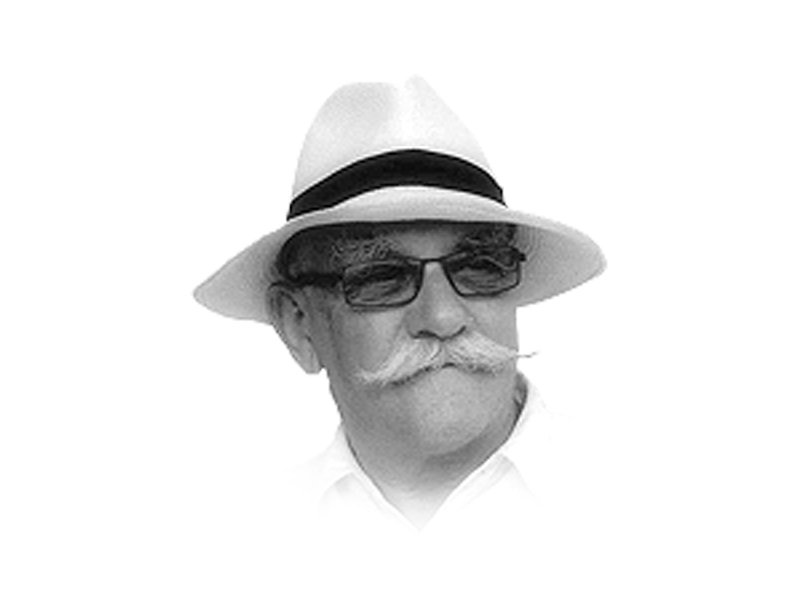
It is not difficult to see, for instance, that attendance at the Inauguration of President Trump was lower than that of President Obama. The evidence is plain as a pikestaff and is supplied by two date-and-time stamped images both taken at close to the same time in the proceedings. There are fewer people in one picture than the other. This is not fakery. There are plenty of sources, images, that tell the same story, so many that falsifying every one as in editing these images is nigh impossible. To deny the reality of those pictures suggests a denial of reality.
Similar denials and assertions are to be found in recent times in Pakistan when it comes to numbering those in attendance at political rallies, with inflated claims being more difficult to sustain as drone-mounted cameras become ubiquitous. There are standard formulae for determining crowd density which can be extrapolated to the area they occupy that give a reasonable ballpark figure.
Ridiculous as some of President Trumps’ claims regarding crowd sizes are this is not fakery — that lies in a deeper and darker place. Fake news existed before the arrival of the Internet, but it was the Net that gave it long arms and legs, helped in no small part by a credulous world that has lost or never had or is rapidly in the process of losing — critical thinking and the capacity to differentiate between what is true and what is false. And when the true and the false are mixed together in a manner that is convincing, credible, a matter of concern, then all of us, even the most critically minded, are at hazard.
It is that mixing of fact with fiction that gives power to those who deploy fakery as a political or social tool, and the social media plays a lead role in the propagation of fakery. Fake news on the net is big business — it generates advertising revenue. And if you are canny enough to spot a revenue stream then there really is a pot of gold at the end of the Internet rainbow. The trick is to generate the traffic that attracts the advertisers who pay to have a presence. A man in Los Angeles recently told American National Public Radio that he made $30,000 a month from advertising that pays dividends through high levels of traffic. But it can be mischief as well as money — over 100 pro-Trump websites, heavy with fakery, were found to be run by a group of teenagers in a single town in, of all places, Macedonia. Advertisers loved them.
Why bother with all this in a Pakistani newspaper? Because this is a nation of around 190 million people who go through life with eyes wide shut and have a gullibility capacity that reads off the scale. All this is fed by an ever-widening Internet footprint and with a culture — and a primary education system — that discourages critical thinking anyway then there are an awful lot of people that will follow a click-bait trail. Pakistan is a dream come true for those that are living in an ethics-free zone, and a lie repeated often enough, fake news, can quickly gain currency and (fake) authenticity.
There is a national capacity for misunderstanding — sometimes willfully so — which plays to every one of the triggers in the fakery arsenal. Many people have difficulty separating satire from fact for instance, as at least one national newspaper columnist discovered in the recent past and English-language newspapers today clearly label satire as such — not that this does much to deter those determined to think otherwise. Fake news is here to stay. It is going to get harder to detect and the line between fact and fiction ever more blurred. Pssst... don’t tell anybody but this column was typed by a 12-foot rabbit living beneath Parliament. Tootle-pip!
Published in The Express Tribune, January 26th, 2017.
Like Opinion & Editorial on Facebook, follow @ETOpEd on Twitter to receive all updates on all our daily pieces.













COMMENTS
Comments are moderated and generally will be posted if they are on-topic and not abusive.
For more information, please see our Comments FAQ